What are Hall Effect Sensor?
A Hall Effect Sensor is a type of solid-state magnetic sensor that can detect the presence and magnitude of the magnetic field. Hall sensor output voltage is directly proportional to the strength of the magnetic field in the direction perpendicular to magnetic field.
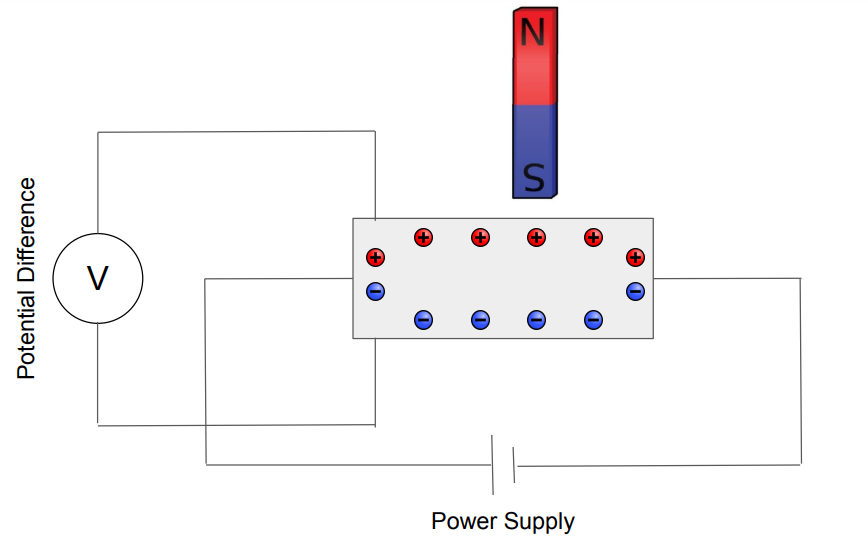
This article covers the working principle of the Hall Effect sensor, its advantages, and its applications.
Materials
Here is the list of semiconductor materials that we can use to manufacture Hall effect sensors.
- Gallium Arsenide (GaAs)
- Graphene
- Indium Phosphide (InP)
- Indium Arsenide (InAs)
Hall Probe

The Hall probe consists of a calibrated hall effect sensor to measure magnetic field strength.
How does the Hall Sensor Work: Working Principle
Hall effect sensor consists of a rectangular p-type semiconductor.
In the active mode, a continuous current always passes through the semiconductor. This continuous current results in the movement of electrons in a straight line.
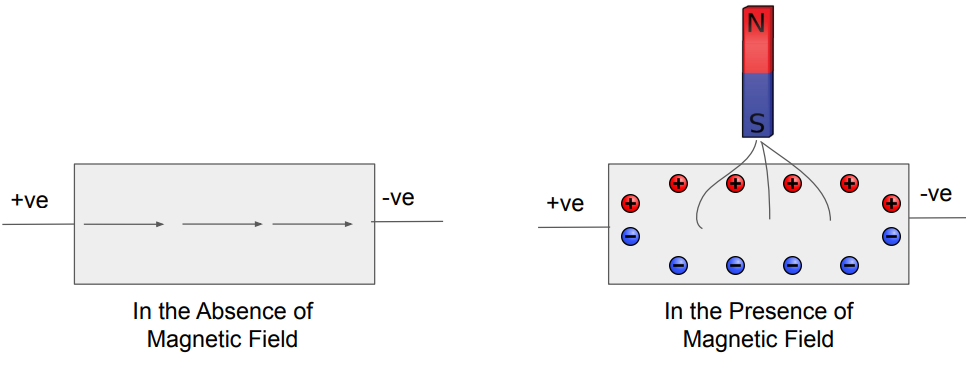
In the presence of a magnetic field, moving electrons in the semiconductor deviate from the straight line due to the Lorentz force. The extent of the movement of electrons depends on the strength of the magnetic field.
The electron movement generates a potential difference inside the semiconductor material.
Potential Difference ∝ Continuous electric current and magnetic field strength
In this way, a hall sensor detects the presence and strength of the magnetic field by measuring the potential difference across the semiconductor material.
Magnet south-pole near hall sensor produces a voltage differential, whereas north-pole does not cause any potential difference.
Advantages and Limitations of Hall Sensors
Advantages
- Low cost.
- Can detect the magnitude and orientation of the magnetic field.
- Non-contact operation.
- Low maintenance.
- Immune to vibration, dust, and water.
Limitations
- Requires continuous input current
- We Cannot use magnetic sensors in the presence of an external magnetic field
Applications of Hall Effect Sensors
Hall Effect Sensors have various applications for position sensing, proximity sensing, directional movement, speed detection, and current sensing. Here is the list of the applications of hall sensors.
Binary Switch
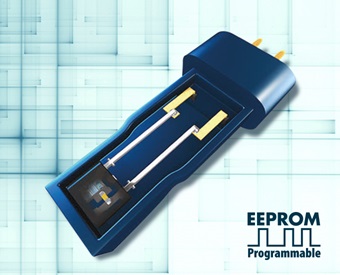
Hall Effect sensors with threshold detection can work as binary switches. They have applications in pneumatic cylinders, detect missing paper in printers, detect Airpodes in charger housing, etc.
Click this link for more information on MLX92242 Programmable Hall Switch.
Automotive Applications
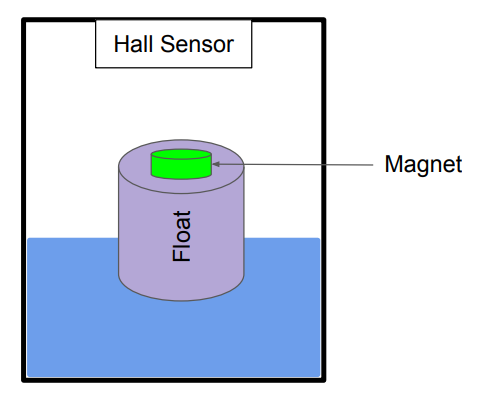
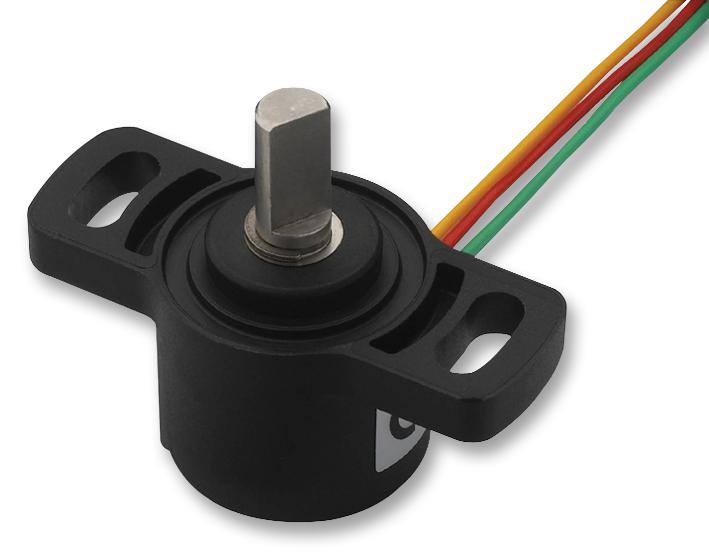
Hall sensors are used in automotive devices to sense position, distance, and speed. Here is the list of applications of hall sensors in automobiles.
- Fuel level indicators.
- Speed throttle position measurement
- Electronics steering
- Hall sensors assist ignition timings in internal combustion engines.
- In ABS (Anti-lock Braking System)
- Determine the position of the car seat to control the airbag.
- Determine the wheel speed
Direct current transformer
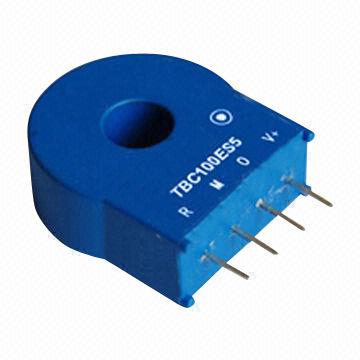
We can use hall sensors for contactless measurement of direct current by measuring DC magnetic flux.
In Smartphones
They are used in smartphones to lock the screen when we flip the smartphone cover equipped with magnets.
In Brushless DC motors:
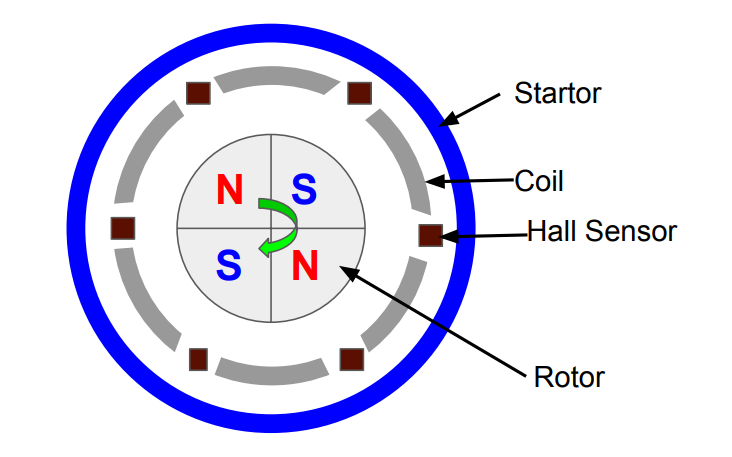
Hall sensors are used in brushless dc motor to determine the position of a permanent magnet.
We will keep adding more information on Hall effect sensors and their applications. Please add your suggestions, comments, or questions in the comment box. Reed switches and Magnetoresistive sensors are alternatives to hall effect sensors.

Add a Comment